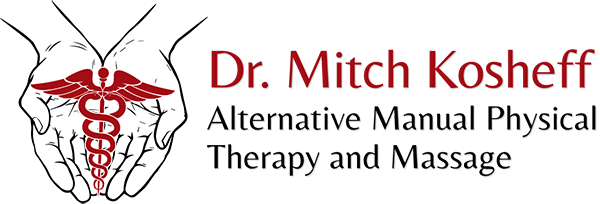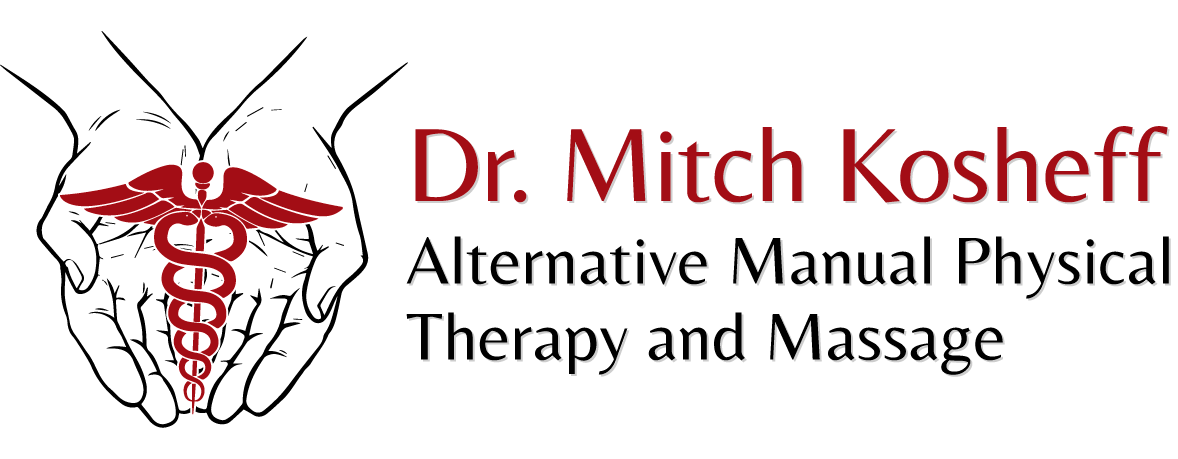 Many people with back and neck pain are often referred for x-rays and MRI’s. As per those findings, many patients are diagnosed with having a bulging or herniated disc as the source of their pain. However, is this really the source of their pain? Many studies suggest no.
Many people with back and neck pain are often referred for x-rays and MRI’s. As per those findings, many patients are diagnosed with having a bulging or herniated disc as the source of their pain. However, is this really the source of their pain? Many studies suggest no.
Many researchers have explored the question as to whether bulging discs are a source of neck and lower back pain. In the studies conducted, volunteers were recruited who have never had neck or lower back pain. If the volunteer ever had a strain, or any injury to their neck or back they were excluded from the study. After the screening, the volunteers were given an MRI of their spine. One researcher, Boden 1990, looking at the lumbar spine found in his population of volunteers that in those under 60 years old, 20% had disc herniations and that in those between the ages of 40 – 59, 51% had disc degeneration (bulges). In 1995, Boos, et. al. found in his population of volunteers that 76% had disc herniations and 85% had disc (bulges) degenerations. Matsumoto, et. al. in 1998 did a similar study exclusive to the cervical spine (neck) and found similar results. Again, remember that all these people in the studies were completely asymptomatic and never had neck or lower back pain.
So, if the disc is not the source of neck or lower back pain, what is?
The spine is a complicated structure and there are many other structures that can cause and refer pain. There are ligaments, muscles, facet joints (joints of spine), the sacroiliac joint, and connective tissue.
With respect to muscles, Kader 2000 found in a retrospective study of 78 patients with low back pain that 80% had atrophy of the lumbar multifidus (a group of muscles that is responsible for support and stability of the spine). He also found in his study that 50% of patients with radiating pain into their leg had no evidence of a disc herniation, or any evidence of nerve compression; only atrophy if the lumbar multifidus. Another muscle that can cause radiating lower back pain is a muscle called the “Piriformis”. The Piriformis is a muscle that goes across the buttock to allow for rotating the hip outwards. The sciatic nerve travel around, and sometimes through this muscle. When the Piriformis is in spasm, or is being pulled it impinges on the sciatic nerve causing lower back and leg pain. Other work indicating muscles as a source of localized and referred pain was done by Dr. Janet Travell, who pioneered research indentifying muscle trigger points.
With respect to the sacroiliac (SIJ) joint, there has been some controversy as to whether the SIJ can cause pain. Medical researchers had conducted a study in which those suspected with having SIJ impairment causing lower back pain were injected with lidocane into the SIJ. If the source of pain was coming from the SIJ then the pain would temporarily subside. If not, then the patients’ pain would continue. The result was that those with suspected SIJ impairment and injected with lidocane had a temporary cessation of pain. This study suggests the SIJ as a potential pain generator.
Facet joints are another structure of the spine which can cause and refer pain. Facet joints are joints in the spine which are part of the vertebra. Stanley Paris, Ph.D, PT had shown in his research that facet joints are innervated by nerves; in fact, he demonstrated via cadaver dissections that the facet joints each have 3 levels of nerve innervation. What this suggests is that when a facet joint becomes jammed/compressed, or restricted that it can cause compression on those nerves at the joint (not the disc) and potentially refer pain.
Another source of neck and back pain are ligaments. Ligaments are those structures that hold joints in place and allow for stability. Ligaments can be strained from poor posture or improper lifting habits. They can also be strained or torn from injuries. From improper stresses they can in time become lax allowing for instability. Also from improper stresses, ligaments can hypertrophy (thicken) and encroach upon the openings (canals) that nerves run through. In fact, this narrowing of the canals that nerves run through is called a “Stenosis”.
Connective tissue is another subject of controversy. There is much debate as to what the function of connective tissue is and whether or not it can be a pain generator. However, research by Stecco, et. al., and other researchers have found that within connective tissue lies pain receptors, muscle spindles, and other specialized receptors. So, when injury occurs, connective tissue can be a source of localized and referred pain.
This is not to say that the disc is never at fault. When a disc is herniated severely enough and pressing on a nerve there are a group of symptoms which occur. There is usually pain at the back and traveling down the leg, or sometimes no back pain with pain just shooting down the leg. There are altered sensations such as tingling and numbness, sometimes loss of position sense (knowing where your limb is in space without looking), impaired ability to feel light touch and pressure, and loss of muscle strength, again with or without pain. There is also altered deep tendon reflex response. When the condition is severe enough surgery is warranted. The disc can also sustain an injury when an accident occurs or with improper bending, lifting, and twisting.
What is important to take away from this is that the disc is not always the source of pain and not to get hung up on a diagnosis of a “bulging” or “herniated” disc. As the research demonstrates, there are many people with “bulges” and “herniations” on an MRI who are completely without pain. And, it is important to remember that there are many other structures in the spine that can cause local and referred pain.
If you are having neck or lower back pain, consider going to your local area physical therapists for a complete and thorough evaluation and examination. And if you live in Ocean county, NJ, Monmouth county, NJ, or eastern portions of Mercer county, NJ, go to my website at: www.drmitchpt.com. Then give me a call to discuss your condition.

